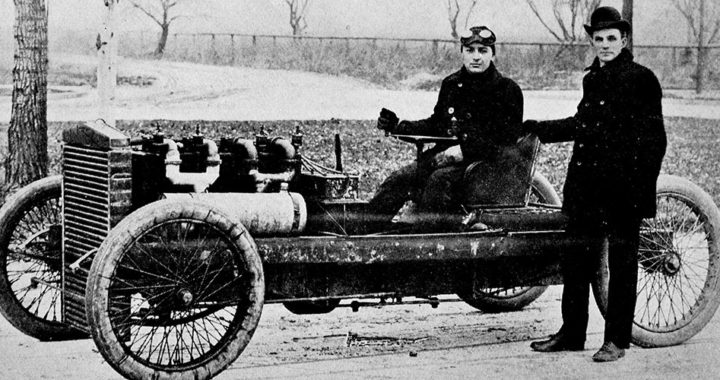Henry Ford was an American business magnate credited for advancing the automobile industry in the United States and revolutionizing transportation. His legacy centered on his critical role in advancing American and global manufacturing.
Who Was Henry Ford: His Accomplishments and Contributions
Ford was a true-blue American industrialist. He was not only a businessman nor a corporate executive. His life work revolved around establishing one of the biggest automobile manufacturers in the world and transforming manufacturing processes beyond the American automobile industry.
The following are his noteworthy accomplishment and contributions:
1. Founded Ford Motor: Established Ford Motor Company with his long-time acquaintance Alexander Y. Malcomson in 1903. Today, his company remains one of the ten most valuable car companies in the world in terms of sales and market share.
2. Popularized the Assembly Line: One of his notable contributions to the American automobile industry and global manufacturing was the assembly line. Drawing inspiration from slaughterhouses in Chicago, he introduced this manufacturing process in 1913 that allowed him to gain a competitive advantage centered on faster and cost-effective production of cars.
3. Utilized the Franchise System in Car Sales: He innovated the sales and distributions of automobiles through a franchise system that allowed third-party distributors or car dealers to sell Ford vehicles on behalf of the company.
4. Made Cars Accessible to the Middle-Class: The ingenuity of the assembly line made automobiles more accessible to the common people. Henry Ford repositioned passenger vehicles from items of luxury into items of necessity, thus revolutionizing transportation in the process.
5. The Model T: Ford Motor introduced the Ford Model T in 1908. It won the Most Influential Car of the 20th Century Award during the 1999 Car of the Century Competition. It also became a prominent symbol of American modernization and the rise of U.S. manufacturing.
6. Created Employment: Ford Motor raised the standards of living wherever it operates. The company expanded its operation, hired more workers, and raised their salaries. Several manufacturers followed its footstep, thereby increasing their productivity levels, expanding their businesses further, and providing competitive wages to their workers.
7. Fordism: The idea that the cost-effective mass production of goods would allow manufacturers to raise wages is another remarkable legacy of Henry Ford. More specifically, whenever businesses provide above-the-average salaries, they are able to influence the socioeconomic landscape of their respective localities. Observers called this Fordism.
8. Welfare Capitalism: He also believed that raising salaries would allow companies to save costs from high employee turnover rates. When he announced the USD 5 per day wage, his company succeeded in recruiting and retaining highly competent workers.
FURTHER READINGS AND REFERENCES
- Eschner, K. 1 December 2016. “In 1913, Henry Ford Introduced the Assembly Line: His Workers Hated It.” Smithsonian Magazine. Available online
- Ford, H. and Crowther, S. 1922. My Life and Work. Garden City Publishing. ISBN: 0-405-05088-7
- Jaffe, D. 1998. Levels of Socioeconomic Development Theory. 2nd ed. Praeger. ASIN: B000THJFAA
- Samson, R. 2020. “Henry Ford: Accomplishments and Contributions.” Profolus. Available online.
- Wilson, J. M. 2013. “Henry Ford vs. Assembly Line Balancing.” International Journal of Production Research. 52(3): 757-765. DOI: 1080/00207543.2013.836616





